All-new Ford Expedition: Better than ever, and ready for adventure
Ford’s new generation Expedition is the pinnacle of its SUV line-up, and the fourth-generation model has been stuffed with a host of cutting-edge tech to make it a far superior proposition to its predecessor in the three-row, offroad-capable, full-size SUV segment.
![]()
The 2018 Expedition’s bodywork and hardware underneath are completely new, and the sole engine offered across the range is a potent new 3.5-litre EcoBoost twin-turbo V6, which delivers best-in-class fuel economy and ekes out a robust 400 hp and best-in-class 650 Nm of torque in the range-topping Platinum model. This gives it a comfortable edge over V8-powered rivals such as the 5.3-litre Chevrolet Tahoe and GMC Yukon, and the 5.7-litre Toyota Land Cruiser, while offering much more torque than the 5.6-litre Nissan Patrol and the 6.2-litre GMC Yukon.

It may make do with a tried-and-proven body-on-frame chassis, but the Expedition packs in some state-of-the-art tech in the form of its lightweight aluminium bodywork, 10-speed automatic transmission and newly-available electronic limited-slip differential on models with Intelligent 4WD. This combo improves off-road capability by sending power to the wheels with the greatest traction.
The Expedition’s Terrain Management System was refined in the dunes of Dubai last summer, and the ‘Sand’ mode was conceived to cope with the conditions owners may expect to encounter when venturing off-road. Even though modern computer software enables almost any conditions to be simulated in a lab, Ford says the UAE’s combination of deep sand – which is very fine – as well as high temperatures and winds made real-world testing in the Middle East vital.
The Expedition’s terrain-management system allows the driver to select from seven modes in 4WD models, so whatever terrain you’re tackling (be it sand, mud/ruts, gravel, grass or snow), there’s a mode that optimises the drivetrain for it. Needless to say that when driving in the Sport mode, you get an improved throttle response and gearbox mapping.

The big Ford offers the best towing capability (up to 4227 kg) of any full-size SUV, and it comes with features such as Pro Trailer Backup Assist, which negates the need for repeated back- and forthing when reversing with a trailer. There’s also an available hands-free, foot-activated liftgate to make loading bulky cargo into the load bay less of a back-breaking exercise.
Despite its massive 2.5-tonne weight (for the short wheelbase, 4WD models), the 400 hp twin-turbo V6 endows the Expedition Platinum with sprightly performance, as reflected by a 0-100 kph sprint of 6.1 seconds – that’s brisk for a full-size, eight-seater SUV and quicker than almost all competitors currently in its segment. The 650 Nm of torque means there’s plenty of overtaking urge, and the 10-speed auto is a new-generation transmission with software that is calibrated to ensure it’s in exactly the right gear at the right time. This means it doesn’t have the annoying tendency to hunt between ratios that some automatics have.

Aside from offering best-in-class second-row and third-row legroom as well as hip-room, the Expedition is also the first in this segment to feature a sliding second-row seat with tip-and-slide functionality, providing easy access to the third row without the need to first remove a child safety seat.
The Expedition’s second-row and third-row seats not only provide best-in-class roominess, but can be quickly folded flat with the push of a button to provide access to a cargo area wide and flat enough to handle 4×8-foot sheets of plywood and other gear. It easily has more cargo room than the Yukon, Tahoe, Land Cruiser and Patrol. Handily, there’s a cargo protector that prevents loose items from rolling around when driving or falling out as soon as the liftgate is raised. There’s also an advanced cargo manager to keep oddments of different shapes and sizes neatly compartmentalised.

There’s no shortage of luxury kit in the Expedition, and among the goodies on offer is plush leather trim, multicontour driver seat with massage feature, a power reclining 3rd row seat, capacitive touchscreen with SYNC 3 (which also offers Arabic voice capability) and Apple CarPlay / Android Auto compatibility, adaptive cruise control with Stop-and-Go (keeps a set distance to the vehicle in front, and will automatically bring the car to a complete stop, and accelerate away again when required), dual-headrest rear entertainment system and a premium 12-speaker Bang & Olufsen sound system with enough bass to make the windows reverberate. Add to that, a class leading Panoramic VistaRoof that covers not only the 1st row but also the 2nd.
Beverage holders, you ask? There’s no less than 15 of them scattered around Expedition, so it’s a safe bet you won’t go thirsty, even on the longest journey. Your devices are also well catered to, as there’s wireless charging, four 12-volt power points, up to six USB ports positioned across all three rows and a 230-volt outlet.

Given the haphazard tendencies of many motorists on our roads, it’s also reassuring to know the Expedition is available with a formidable safety arsenal, as the Platinum gets collision-avoidance detection (for both pedestrians and vehicles), lane-keeping system, blind-spot warning with cross-traffic alert and enhanced active park assist (for both parallel and perpendicular parking needs). There’s also a 360-degree camera to give you a bird’s eye view of the car’s immediate surrounds – a great feature for those with small children, as these pint-sized individuals cannot otherwise be seen from within the cabin when in close proximity to the vehicle.
In short, Ford has thrown everything but the kitchen sink at the Expedition in a bid to eclipse all its rivals in terms of stats and spec levels. It makes a great case for itself when it comes to value for money. On pure factual merit, nothing else comes close.
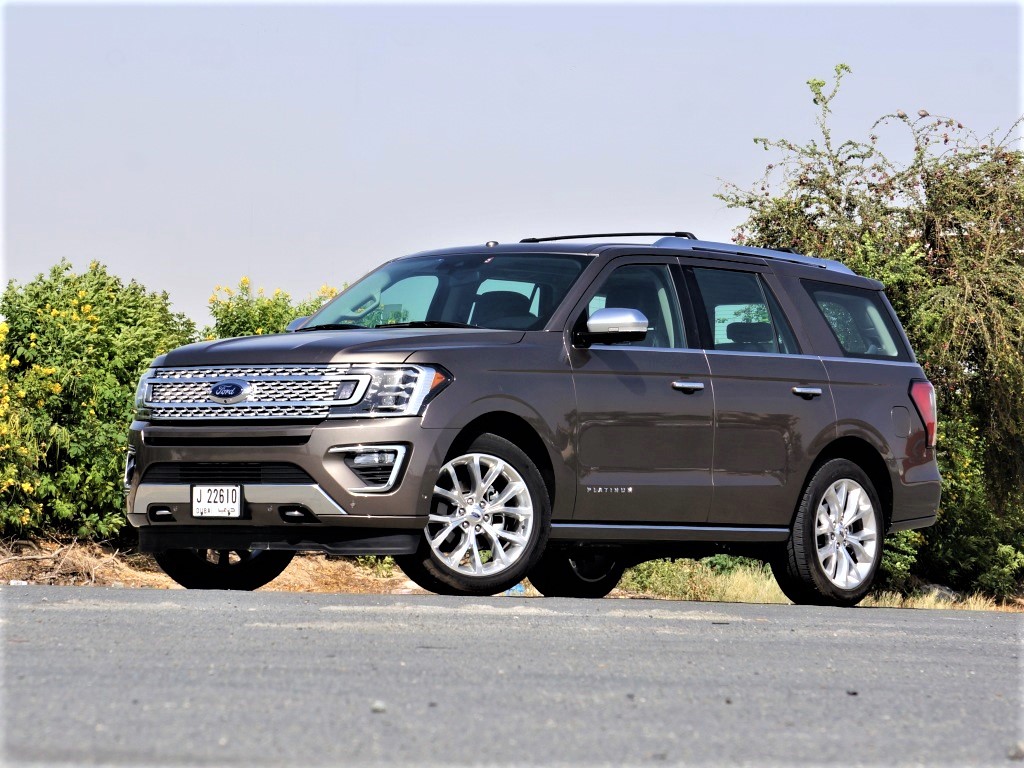
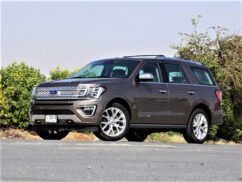
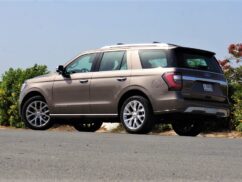
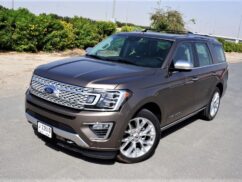
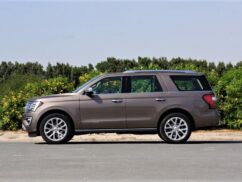
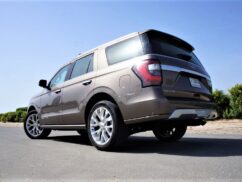
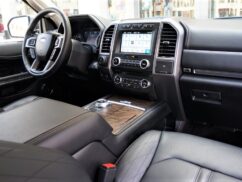
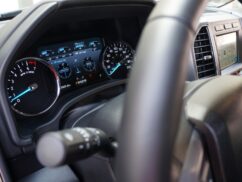
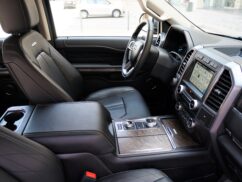
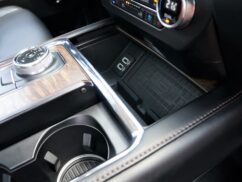
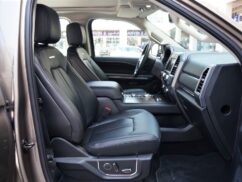
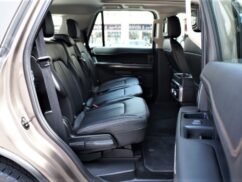
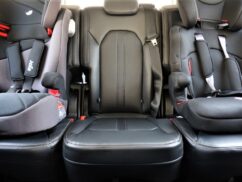
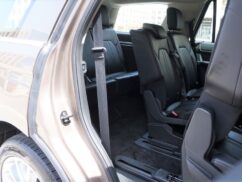
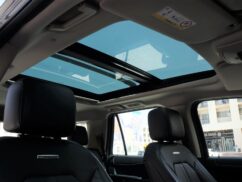
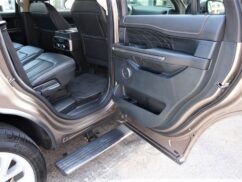
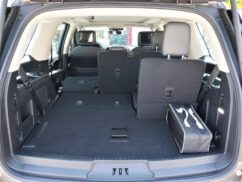
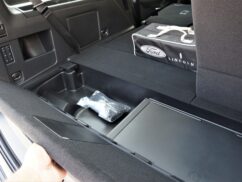
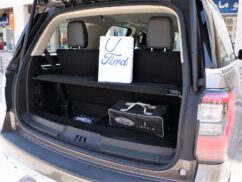
Comments
Hamad
Would be an interesting comparison to the Lincoln Navigator.
Sultan
Or the Denali / Tahoe
Jenison
Awesome